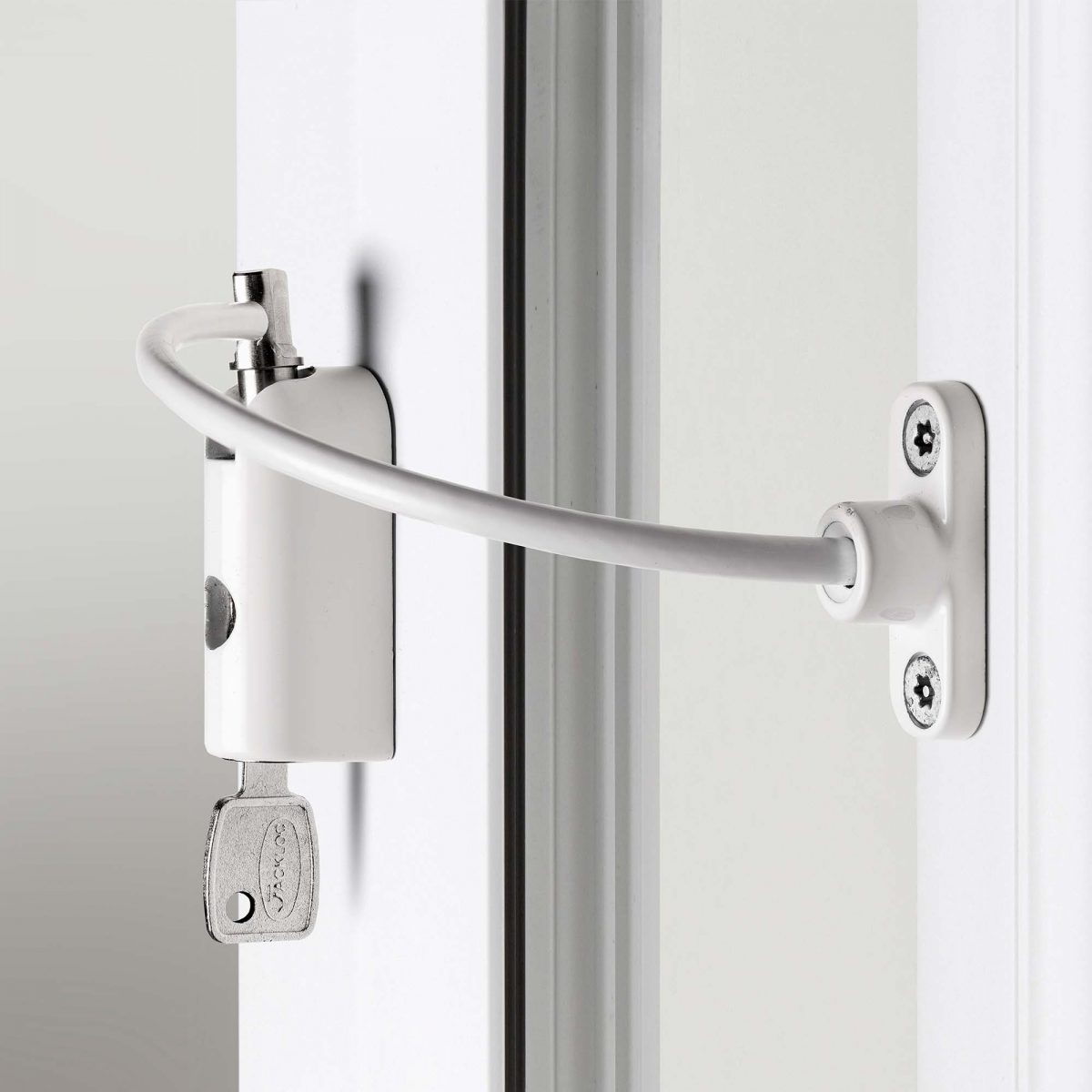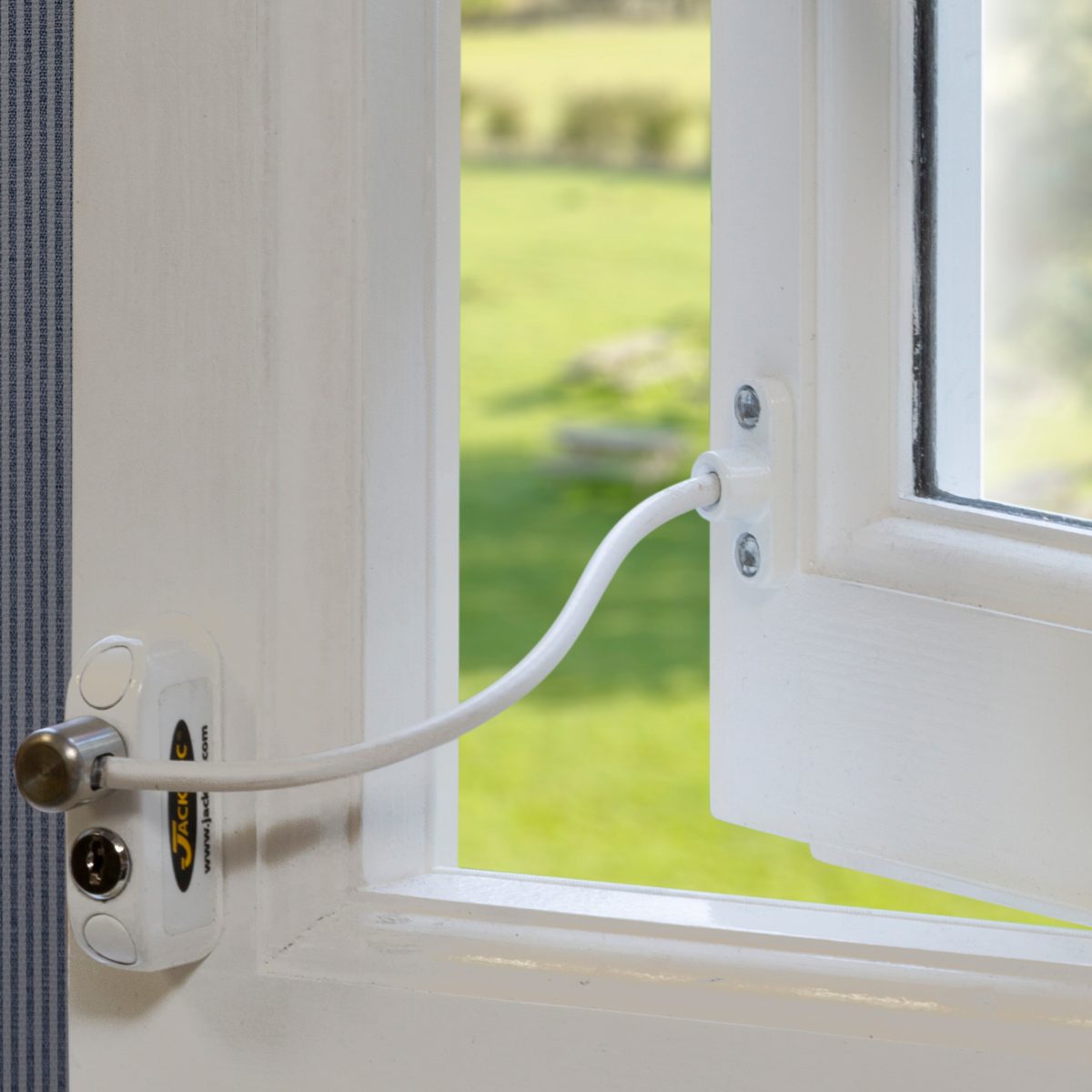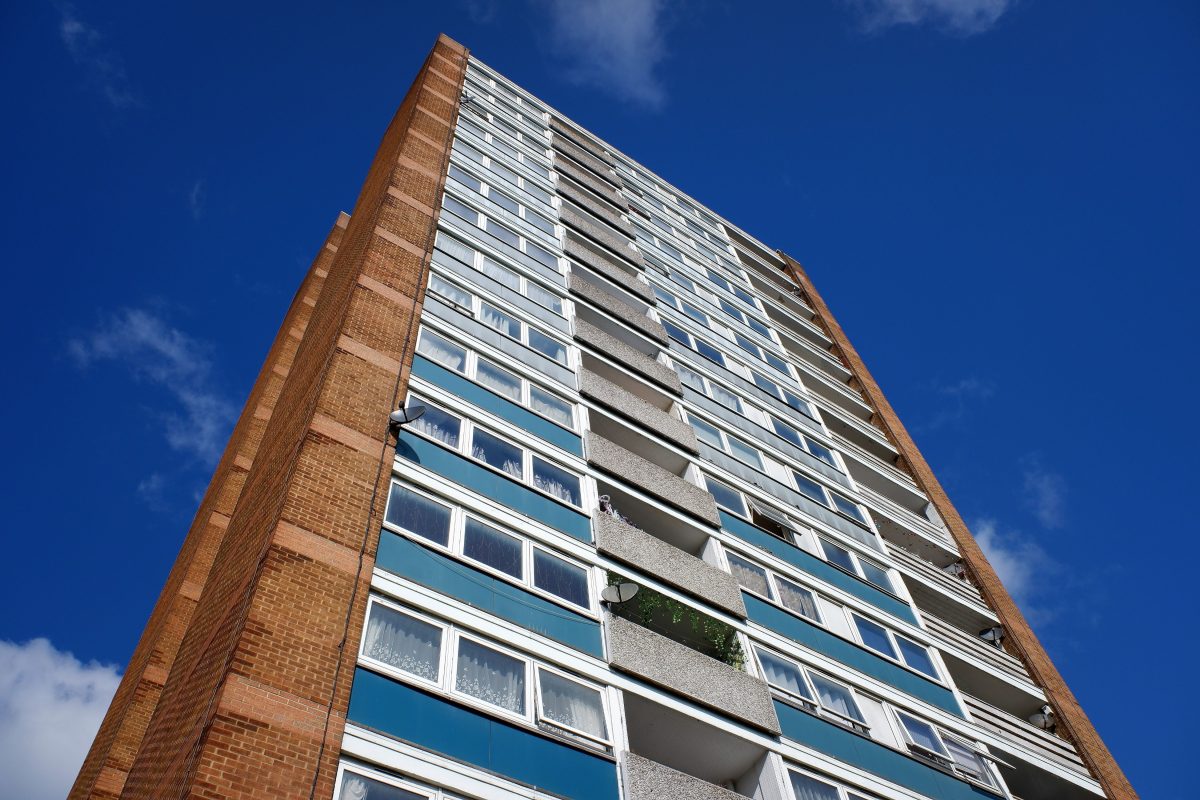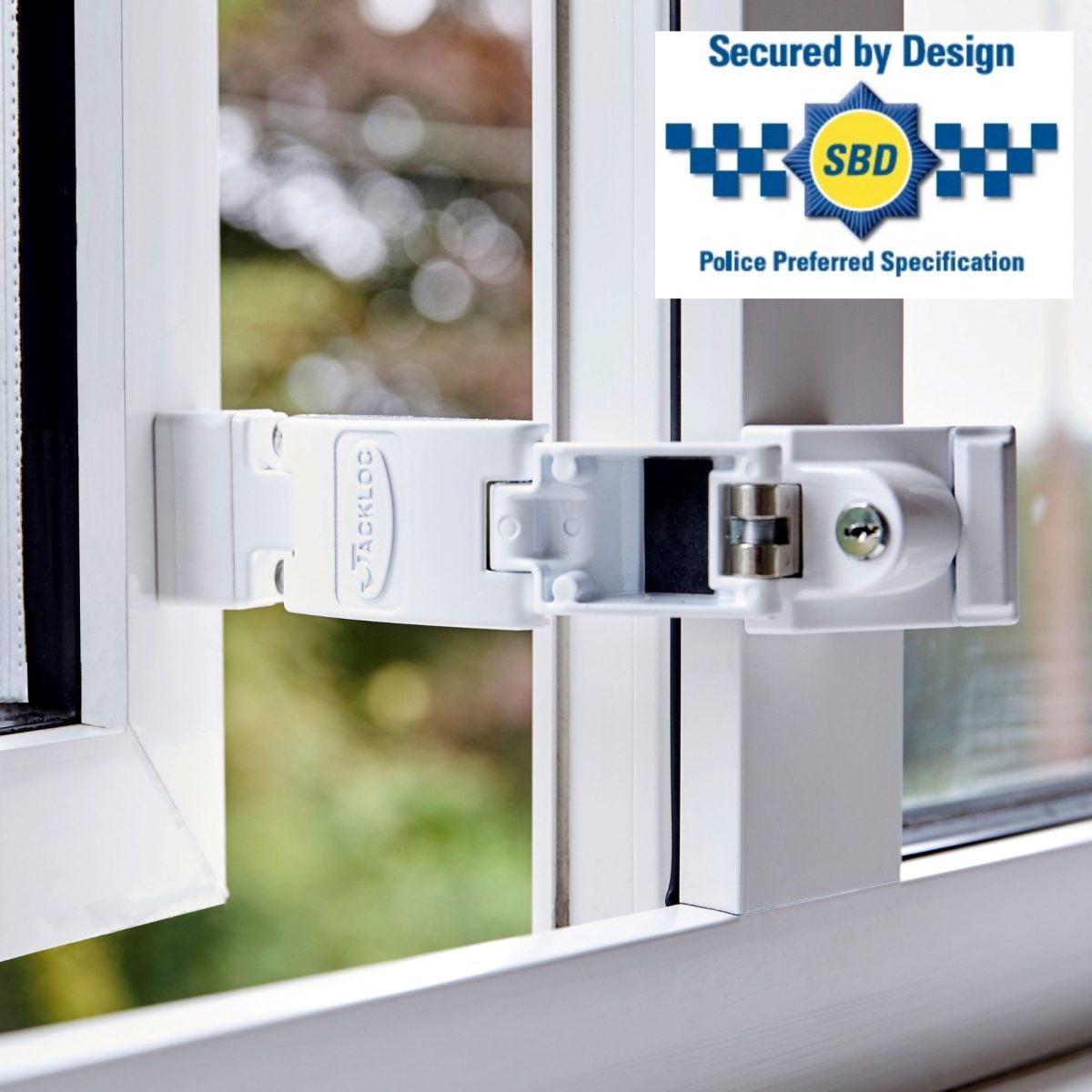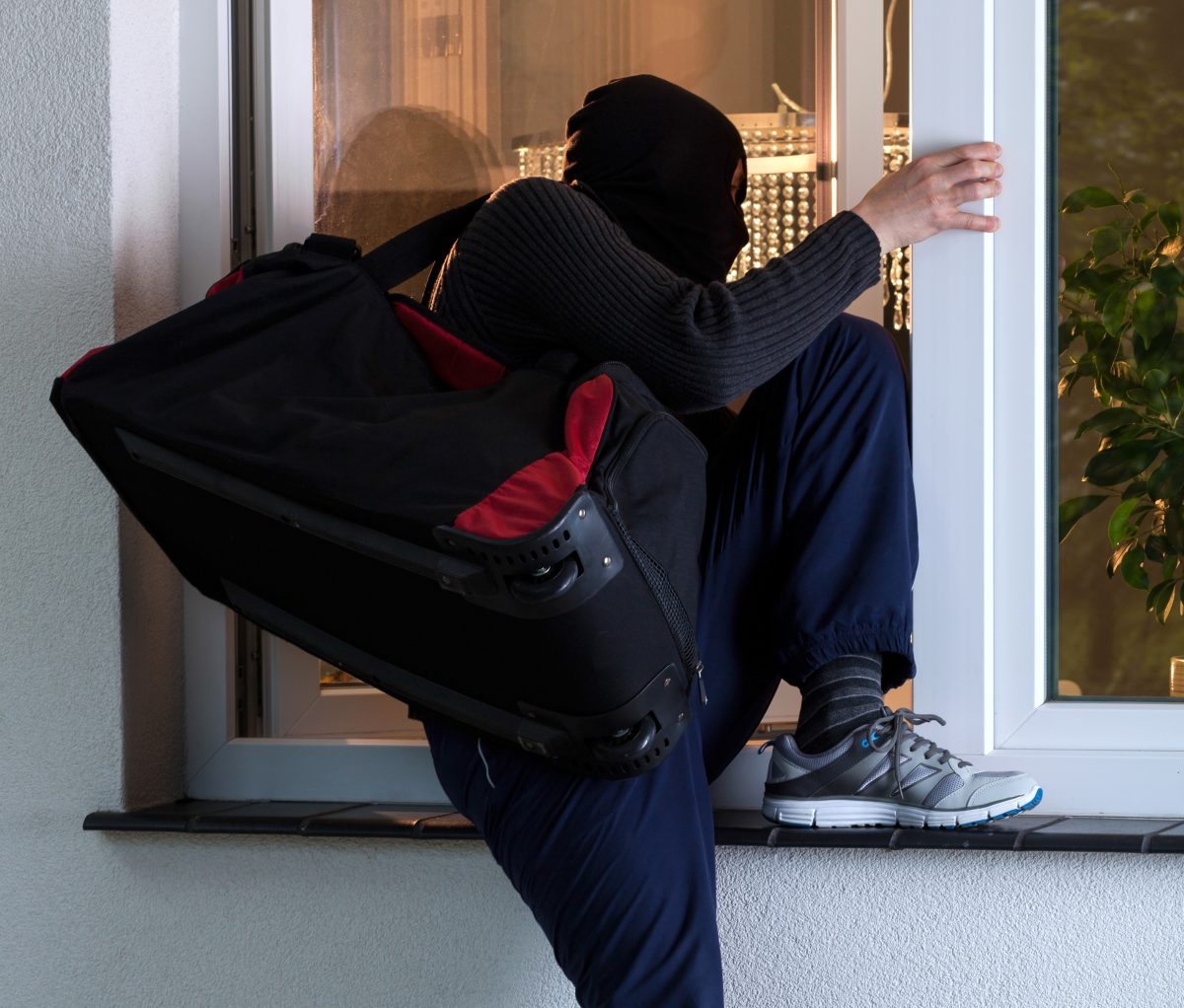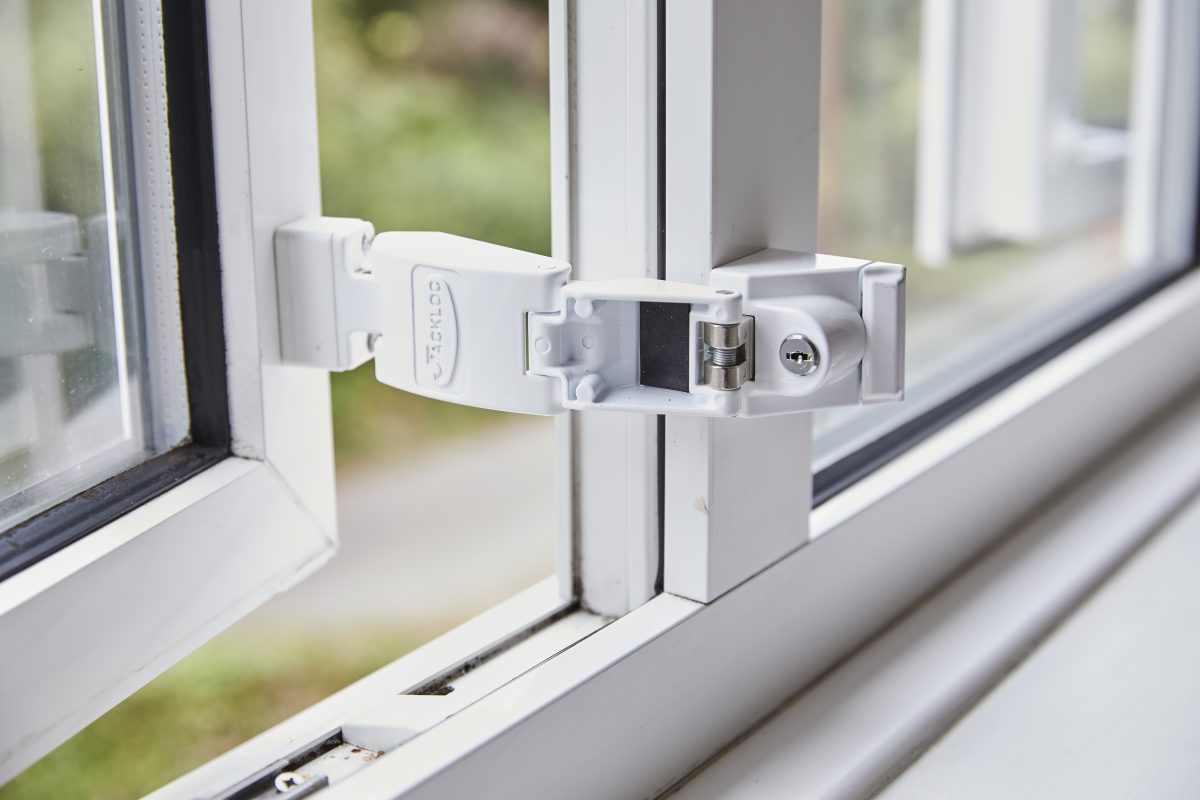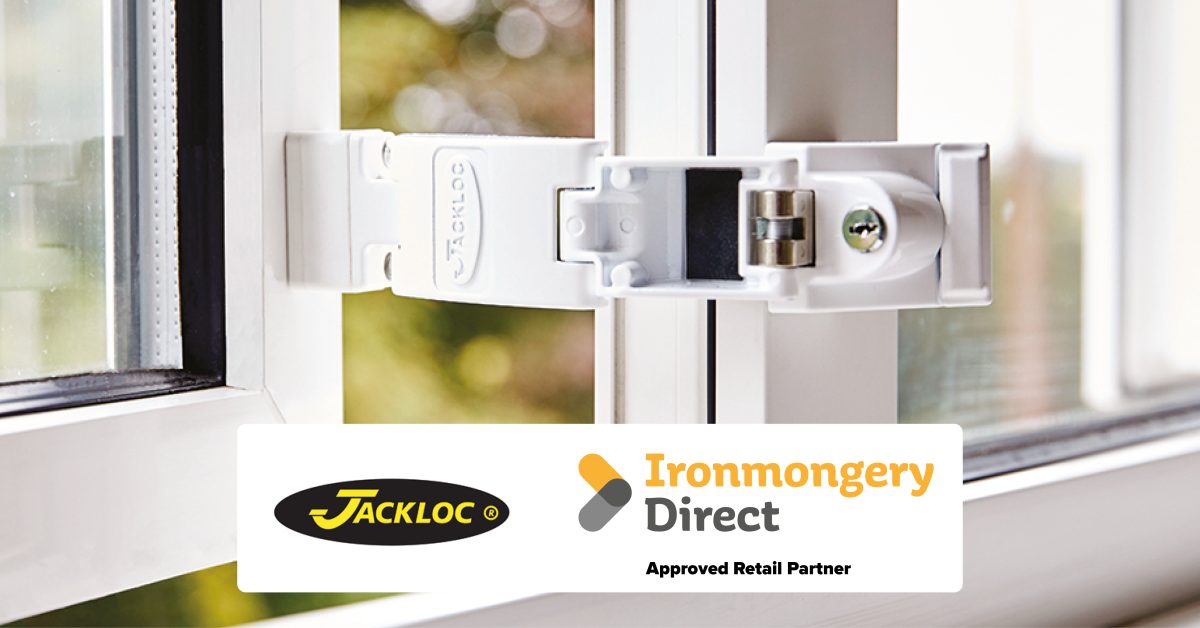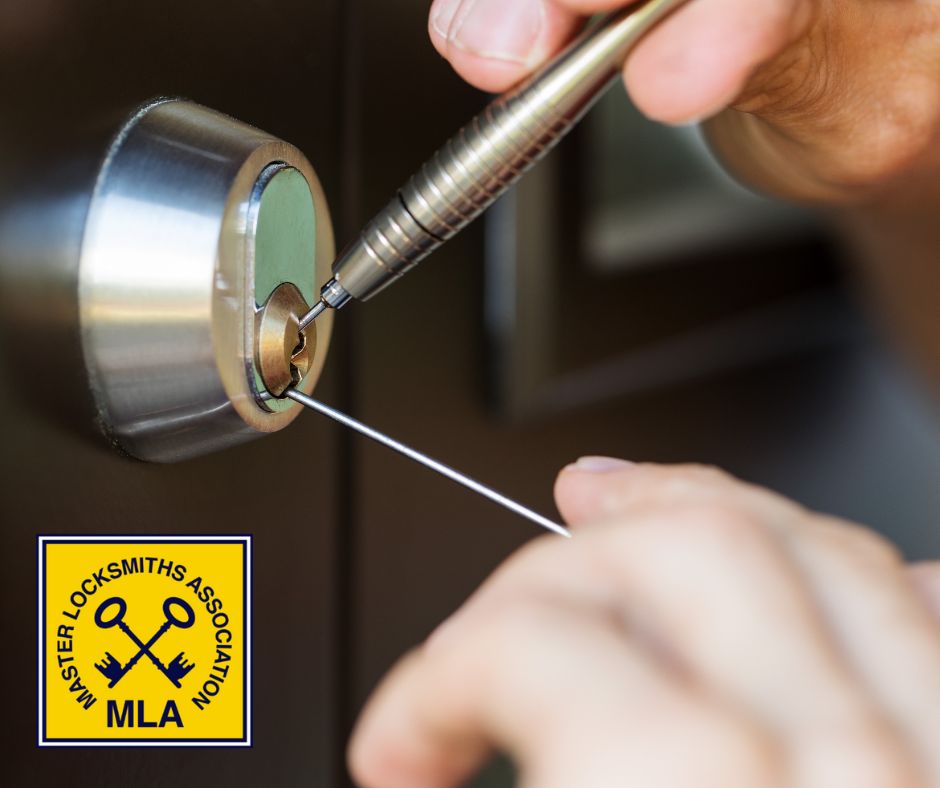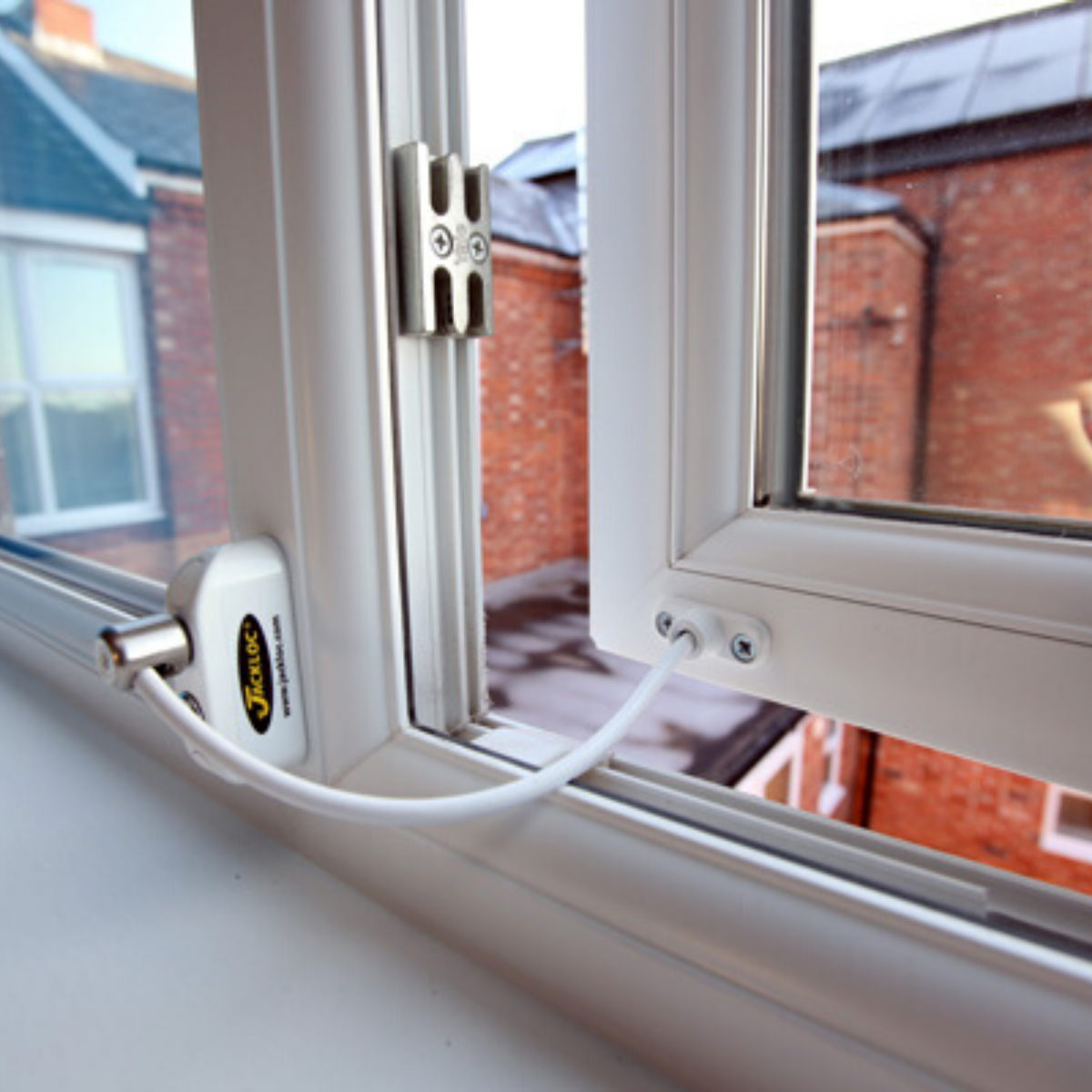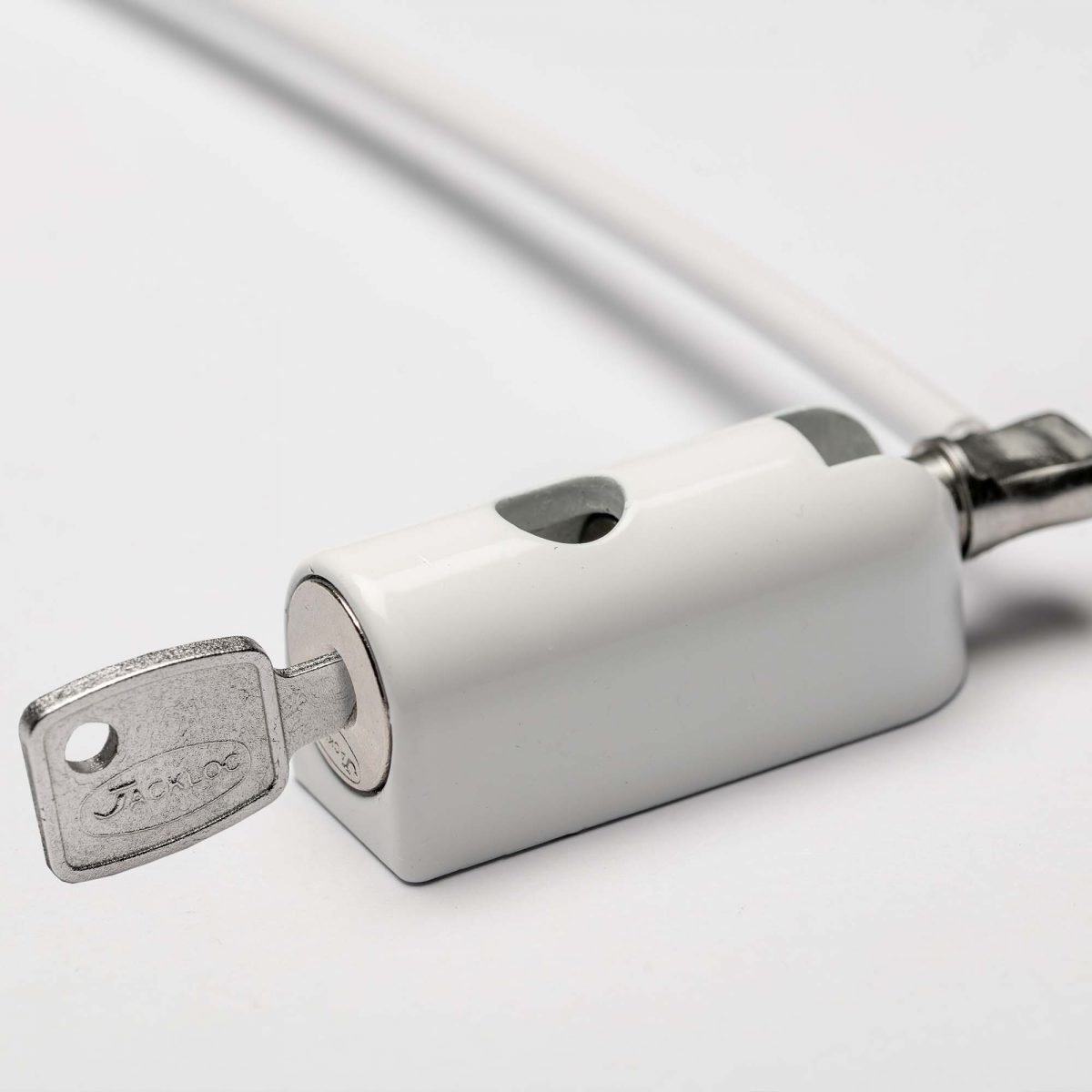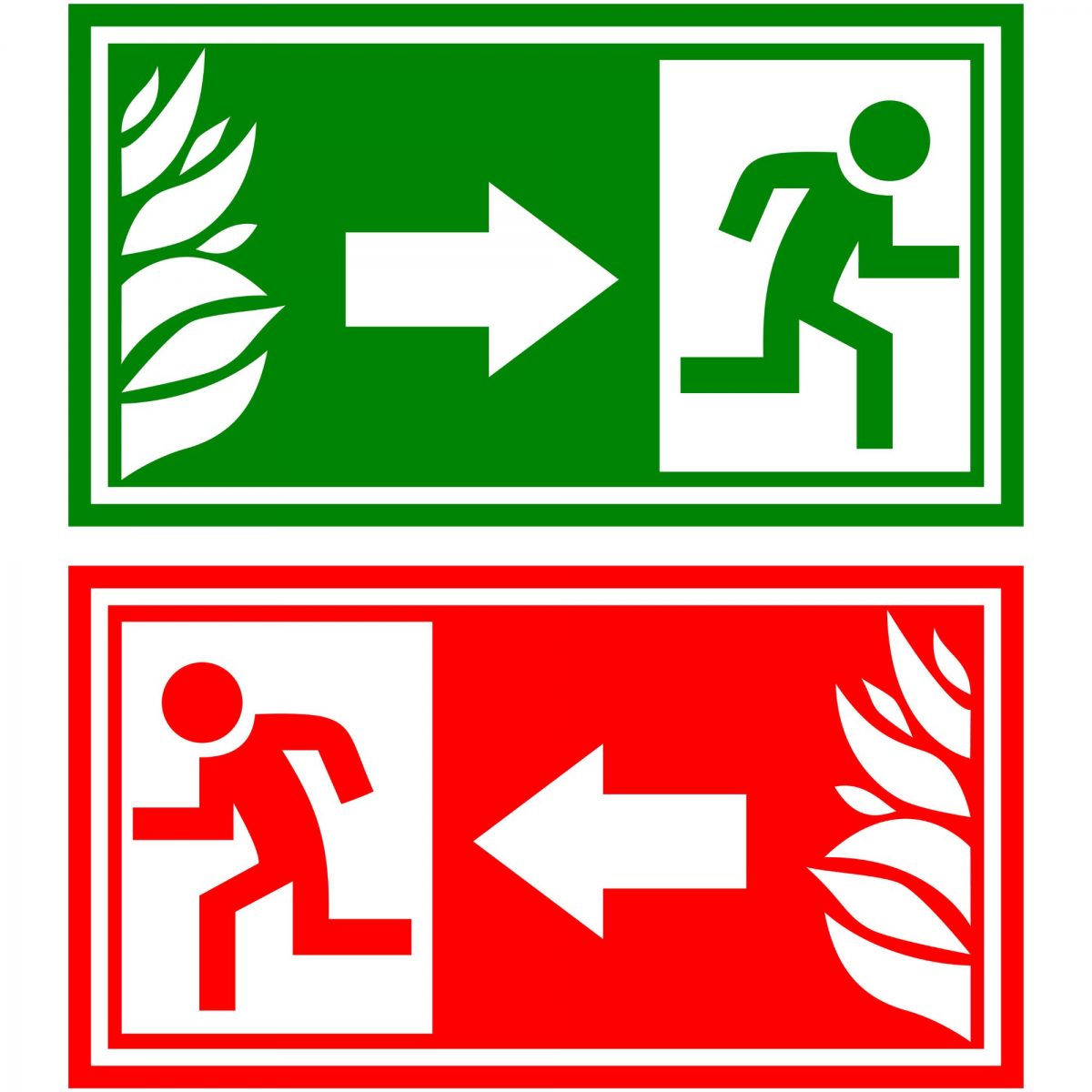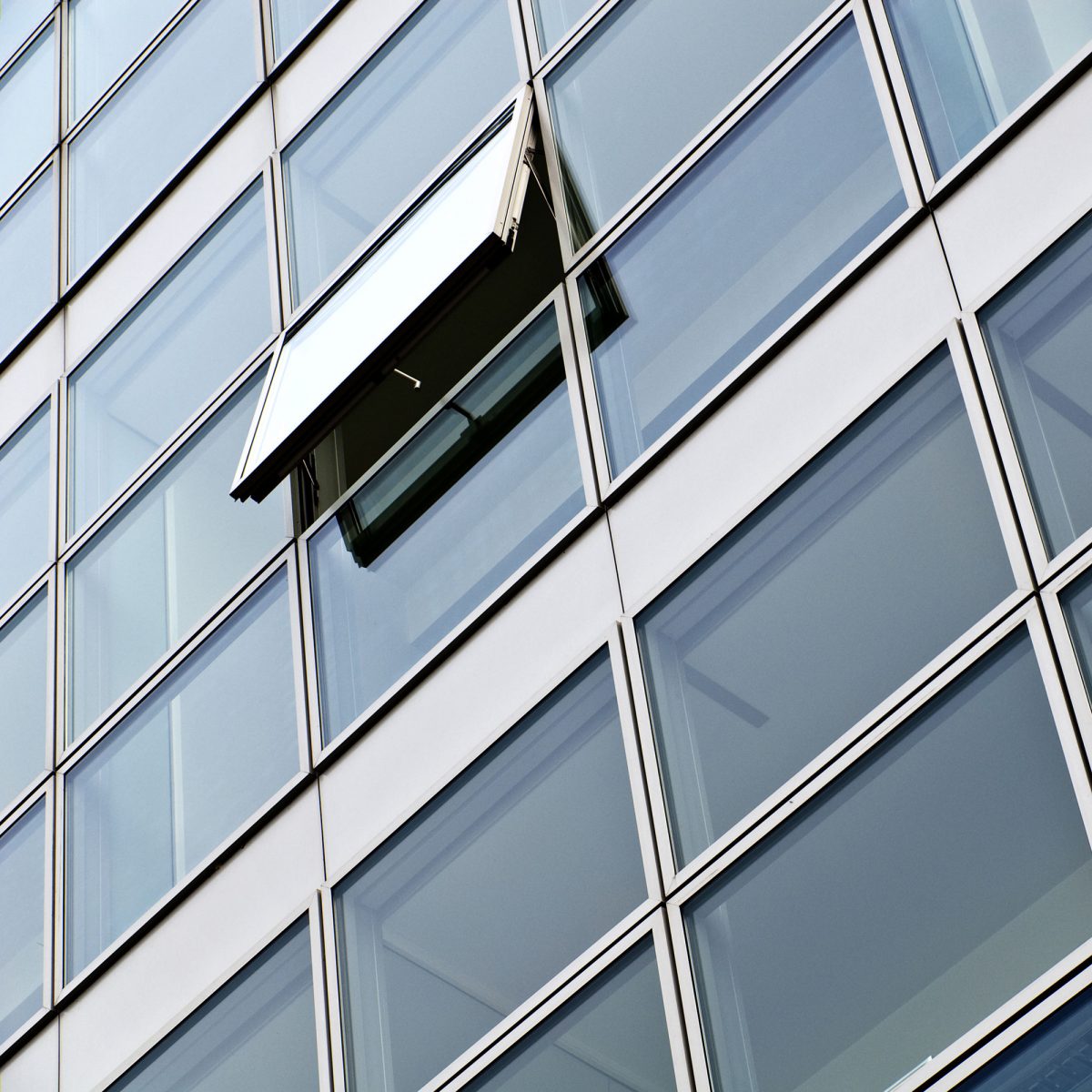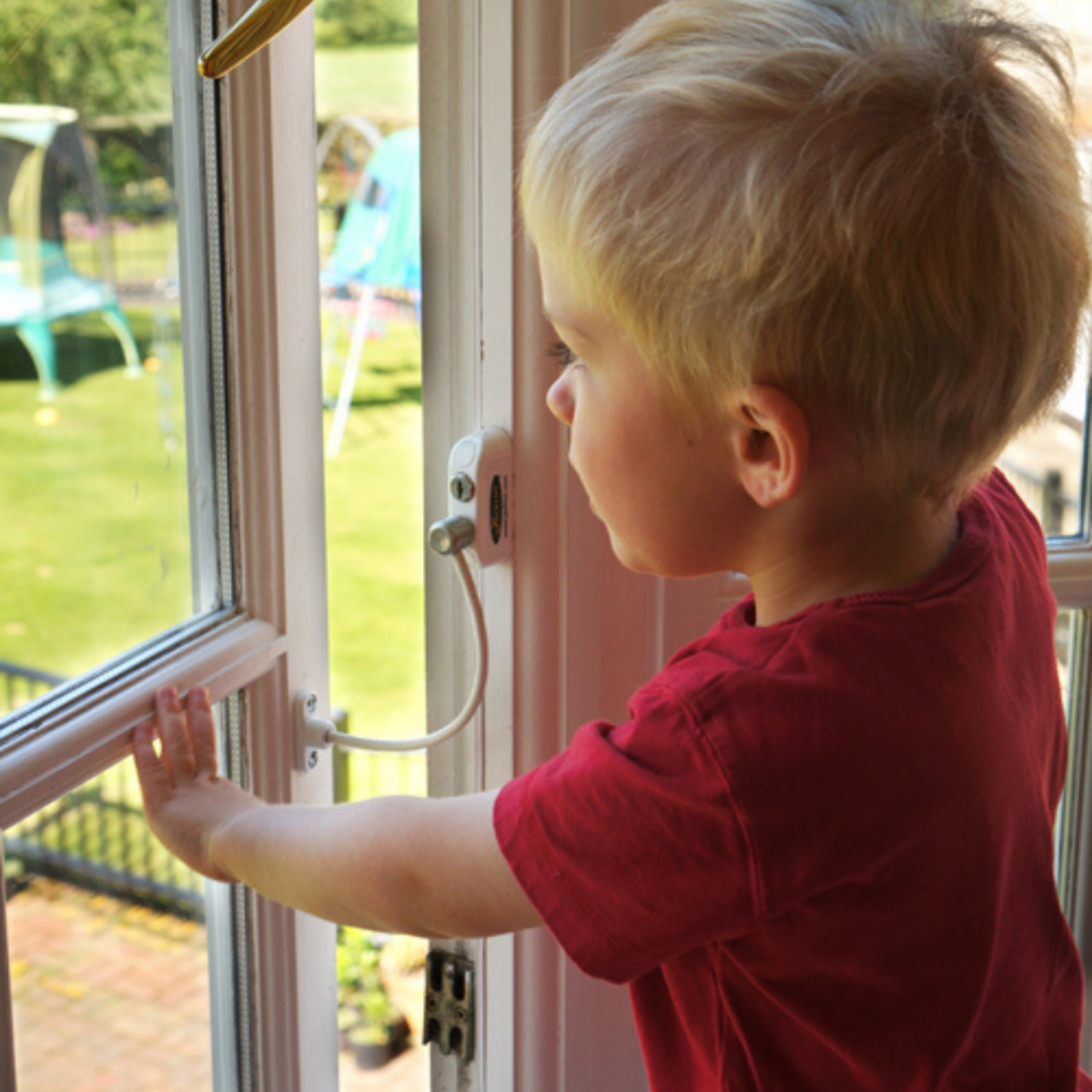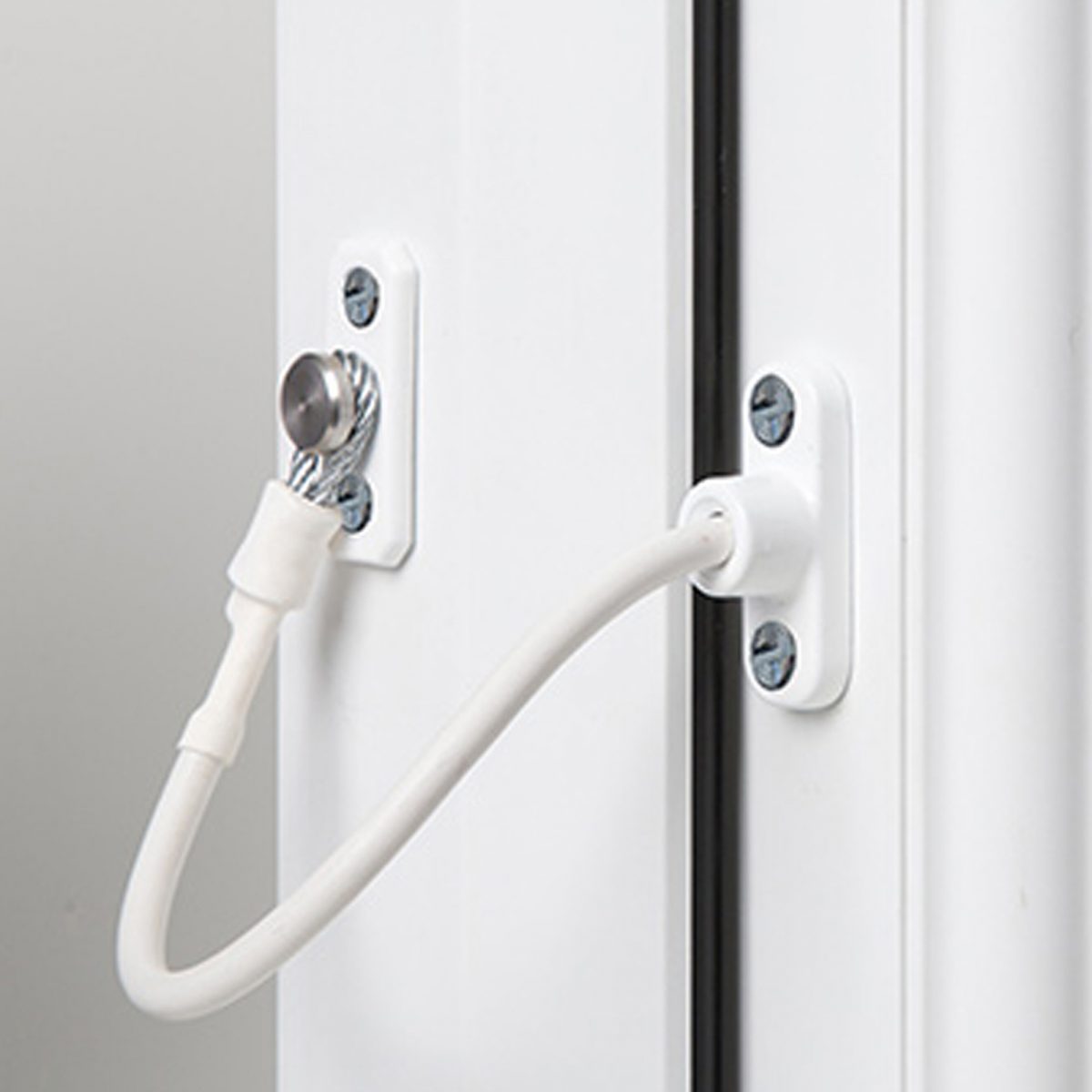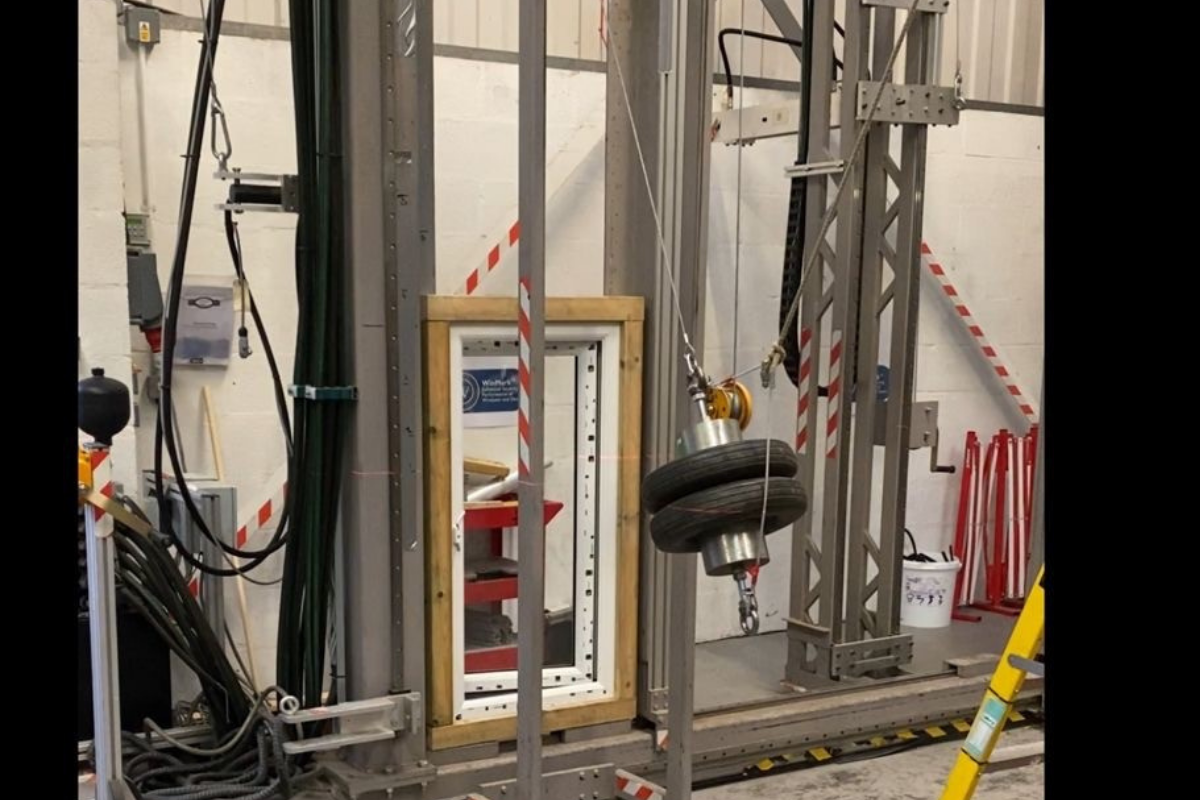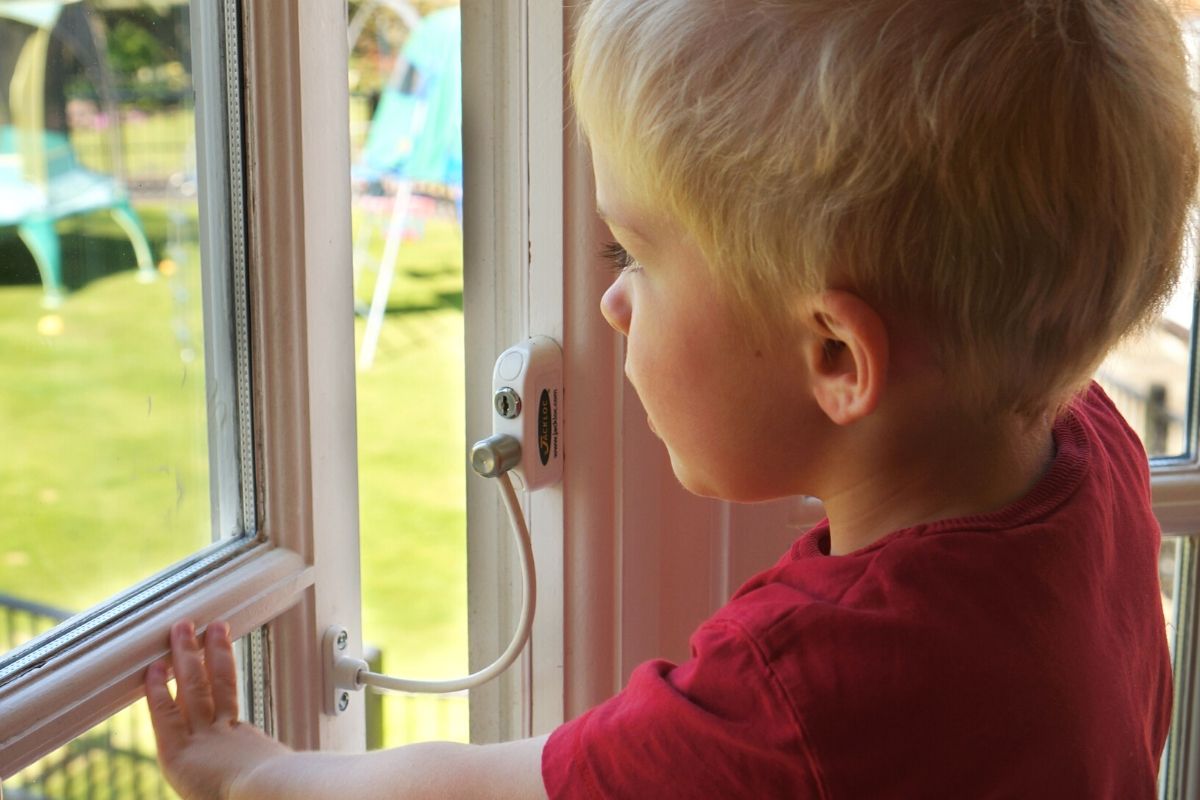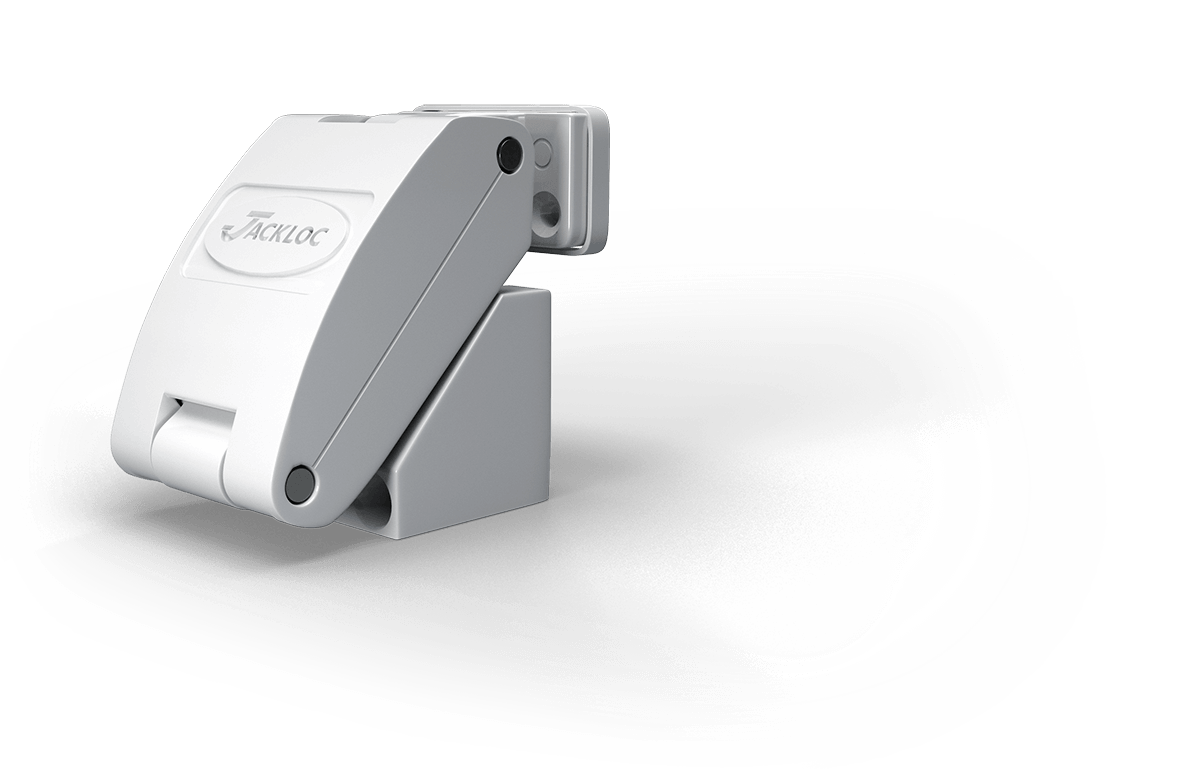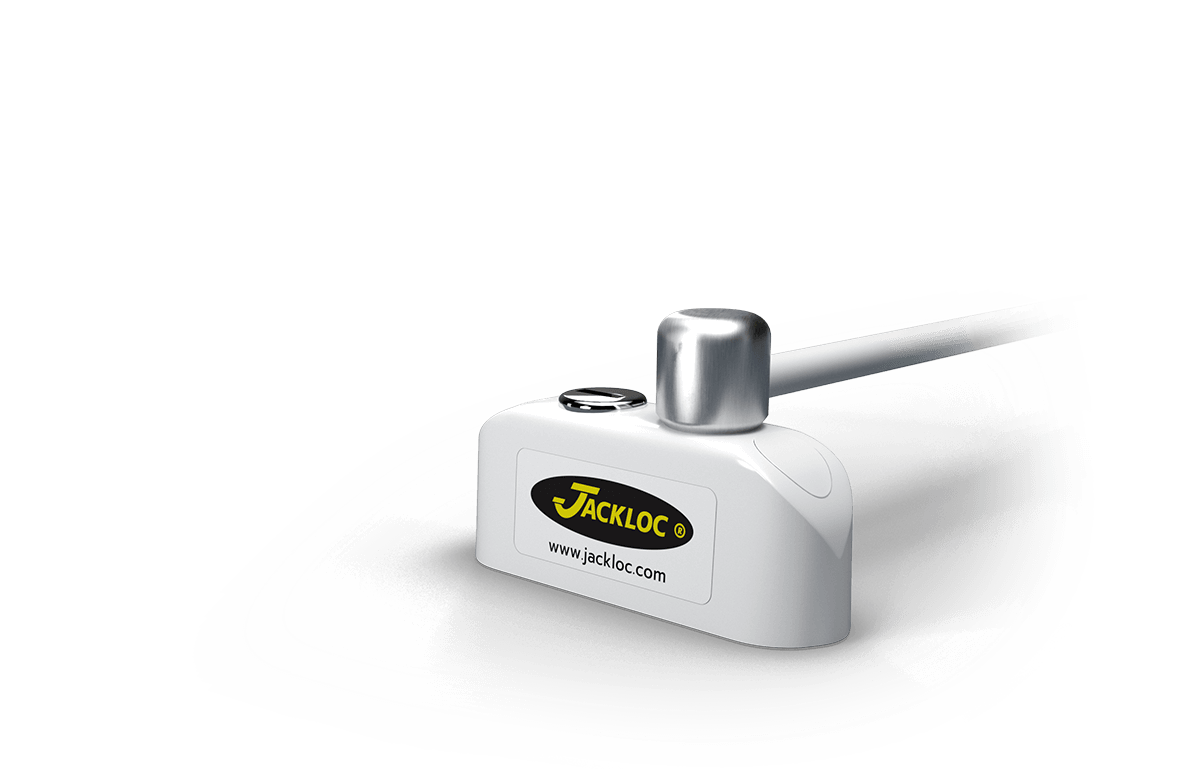Read our expert guide to find out all you need to know about cable restrictors – how to use them.
Cable restrictors provide window safety and security. They allow the width to which a window opens to be restricted, which is useful for security as well as for the safety of children and other vulnerable people. By using a cable restrictor you can be confident that you can open windows to allow fresh air in while preventing falls from inside and preventing entry from outside.
How to fit a cable window restrictor
Cable restrictors are very easy to fit and to use. Fitting a cable restrictor is a quick DIY job, you’ll just need just a pencil and a drill.
We recommend you fix the lockable part (which we will call part B) to the fixed frame, cill or wall and the part with the restrictor cable (Part A) to the opening window frame.
Simply drill holes and fit part B to the desired location. Next measure the required distance you would like the window to be restricted to from Part B. Health & Safety regulations and guidance recommend a maximum 100mm opening. Drill the pilot holes and then screw in the screws with a flat head screwdriver.
It really is that simple.
How to use a cable restrictor
How you use a cable restrictor depends on the type you choose and this depends on your setting and preferences.
If you are in a health and social care setting such as a hospital or nursing home you will need to adhere to the HSE guidance for window safety. This guidance states that window openings should be restricted to 100mm by the use of a window restricting device. The window restrictor should only be able to be disengaged using a special tool or key and restrictors, and not by pressing a button to open the restrictor.
If you are choosing a cable restrictor for your home you can choose the option that best suits you. You can choose from a key operated cable window restrictor, or a push and twist restrictor. To over-ride the window restriction, so you can open the window fully you will use either a key or the push and twist mechanism.
Maintaining window restrictors
To keep the cable restrictor in full working order we recommend you clean the body and cable components occasionally with a damp cloth only. We recommend that at least every 6 months you check that the key lock or push button where relevant, operates and spray lubricant into the barrel lock as necessary. Locks that are located in a marine or heavily polluted environment should be sprayed with lubricant every 3 months.
In care settings HSE Guidance requires that facilities managers should instigate planned preventative maintenance and monitoring schedules to regularly inspect the window restrictors for signs of damage, wear or defection. The guidelines state that where possible this should ideally be done in accordance with the window restrictor manufacturer.
In regular inspections, window restrictors should be checked for physical changes over time. Look for signs of wear and tear to the cable, screws and key lock and mark this down. Where possible retest the force of the restrictor to ensure that it exceeds 350 Newtons. This can be done with a Jackloc testing device.
All changes should be logged, photographed and time-stamped for the next review. Single window restrictors can be changed where required whilst others can be left if they are still performing well.
We hope that this guide helped you to understand more about cable window restrictors – how to use them.
You might also be interested in Child Window Locks

